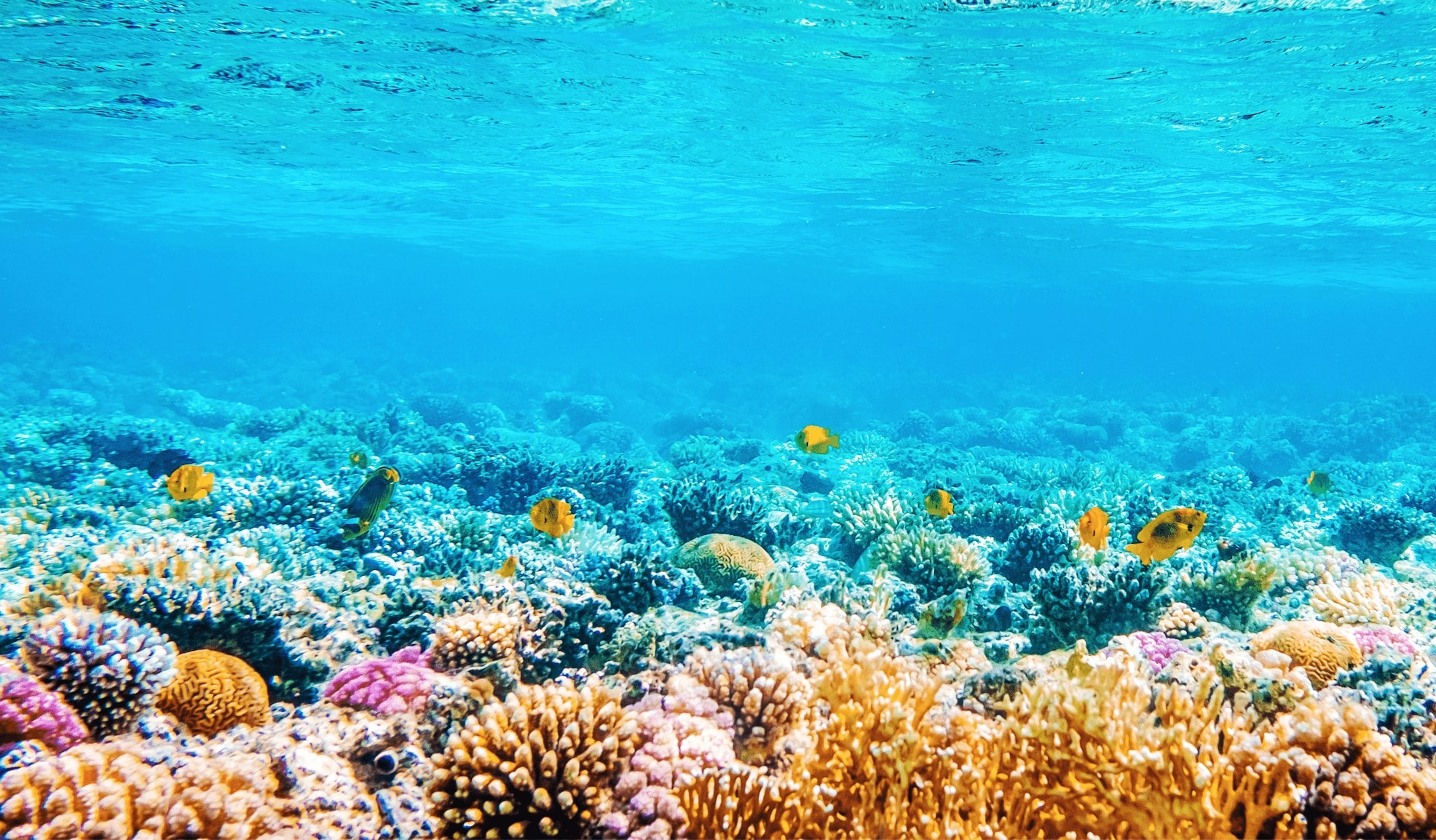The aim of the IMO 2020 mandate is to reduce sulphur oxide emissions to mitigate the harmful effects of these emissions on human health and the environment. Ship owners have three ways to comply with the IMO 2020 mandate:
· Burn Low Sulphur Fuel Oil
· Burn alternative fuels such as LNG, Hydrogen, Ammonia, Methanol, etc.
· Burn HSFO (High Sulphur Fuel Oil and use a cleaning system to remove the SOx
In order to benefit from the attractive price savings of burning HSFO, Sulphur oxides (SOx) must be removed from the exhaust gas of marine diesel engines. An effective and IMO 2020-approved way to do this is the installation of an Exhaust Gas Cleaning System (EGCS or a scrubber). There are two primary EGCS types:
- Wet systems that use large amounts of seawater to “dilute” the Sulphur compounds and then either return them to the ocean as wastewater or in some cases capture and treat the water for disposal ashore.
- Dry systems inject a powdered chemical, typically bicarbonate of soda, into the exhaust gas stream to chemically alter the SOx compounds and transform them into a benign salt.
The environmental implications of wet systems are the subject of ongoing discussions. Open-loop (open circuit) wet EGCSs are increasingly being banned in sensitive coastal areas, there are discussions ongoing to ban open loop scrubbers in Baltic Sea and there is an argument that they should be banned outright. To understand the process, EGCS discharge production should be considered.
The research from Chalmers University of Technology in Sweden suggests the discharge water from ships’ exhaust gas treatment systems, so-called scrubbers, is responsible for up to 9% of carcinogenic and environmentally harmful substances emissions in the Baltic Sea, which is considerably more than was previously known. Furthermore, the number of ships equipped with scrubbers have more than tripled since the study was carried out, the source says.
SOx absorption by seawater is a relatively simple way to remove Sulphur from a vessel’s exhaust gas. The simplest, but not most environmentally friendly, way to dispose of the wash water generated is to discharge without purification right back into the ocean.
This is how an open-loop wet scrubber works, and the strong sulphuric acid H2SO4 produced when SOx compounds are dissolved in water is neutralised by the buffer capacity of seawater only. In this process, dissolved calcium and magnesium hydrogen carbonates (Ca (HCO3)2 and Mg (HCO3)2) react with sulphuric acid to produce Ca and Mg sulphates and CO2. In contrast to inlet seawater, which is basic (typical pH range is 7.5-8.4), the wash water produced is highly acidic with a pH of around 3.5 and it has to be treated or diluted to meet the mandatory limit of 6.5 pH.
According to the National Vessel Dumping Assessment by World Wildlife Fund (WWF) Canada, scrubber wash water from open-loop wet EGCSs is up to 100,000 times more acidic than seawater. Can this be true? It depends on how much dilution is undertaken before discharge, but it is obvious that the acidic nature of the wash water will have a long-term impact on the health of the oceans.
It is true that pollutant dilution is a widely used method to reduce negative environmental impacts. However, the real long-term effects of pollutant concentrations may be underestimated. Even relatively low changes in the natural equilibria may lead to irreversible outcomes, especially when it comes to acid-based equilibria. Besides, it is difficult to estimate the cumulative effect of numerous different pollutants correctly, and in fact, the pollutant quantity is not altered by dilution.
Ocean acidification impacts many ocean species, especially those that create their hard shells and skeletons by combining calcium and carbonate from seawater organisms – oysters and corals. With the change of pH the available carbonate ions in the sea water bond with excess hydrogen, resulting in fewer carbonate ions available for calcifying organisms to form their shells, skeletons, and other calcium carbonate structures. Shells and skeletons can even begin to dissolve if the pH gets too low. This might put whole marine life ecosystems, like the Great Barrier Reef, at risk. The UN Sustainable Development Goal on ‘Life Below Water’ was a subject of discussion at the UN climate conference COP27. The United States Agency for International Development (USAID) has contributed $ 15 million to a Global Fund for Coral Reefs (GFCR) to support the Red Sea marine ecosystems.
The question must be asked is: can SOx be removed from the exhaust gas of marine diesel engines without producing acid wastewater, which also carries other trace contaminants? For sure not with an open-loop wet system, and a closed-loop (or hybrid) system, whilst producing much less wastewater, still has an overboard discharge that is not environmentally friendly. Hence, any wet EGCSs (open, closed, or hybrid) just transforms air pollution into water pollution.
By contrast, dry EGCSs are an attractive alternative since they do not produce water discharge or increase ocean acidification. The technology is widely used at shore-based power stations and waste-to-energy plants and has been for decades. This technology is now available for marine applications and is the most environmentally friendly way to take advantage of the economic and operational (including low well-to-wake CO2 footprint) advantages of burning HSFO in marine diesel engines.





